You’ve been pinning consistently for months. You followed all the Pinterest marketing guides. You even upgraded to a Pinterest business account and optimized your best Pinterest keywords.
But your blog traffic? Still crickets.
Here’s the thing: Pinterest changed the game in 2025, and most bloggers are still playing by 2023 rules. The platform shifted from rewarding consistent pinning to prioritizing strategic, quality content. Pinterest automation tools that worked last year? Many are now hurting your reach. That Pinterest keyword tool you’ve been relying on? It’s only telling you half the story.
If you’ve been wondering why your Pinterest strategy stopped working, you’re not the only one. But the good news? The fix is simpler than you think.
Table of Contents
- What Changed on Pinterest in 2025
- Why Your Current Pinterest Strategy Is Failing
- How to Fix Your Pinterest Strategy for 2025
- Pinterest Marketing Strategies That Work Right Now
- Common Pinterest Mistakes Bloggers Still Make
- Your Pinterest Action Plan for the Next 30 Days
- The Bottom Line on Pinterest for Bloggers
- Ready to Stop Guessing and Start Growing?
What Changed on Pinterest in 2025
Pinterest Prioritizes Original, High-Quality Pins Over Volume
The days of pinning 30 times a day are over. Pinterest’s algorithm now rewards accounts that create original, valuable content rather than those flooding the platform with repurposed pins. This means your Pinterest automation scheduleneeds a complete overhaul.
Keyword Ranking Trends Shifted to Conversational Search
Don’t forget your keyword research…Pinterest users are searching differently. Instead of typing “blog traffic tips,” they’re asking “how do I get more readers to my blog?” This shift mirrors how people use AI tools like ChatGPT, and it’s completely changed Pinterest SEO.
Pinterest Analytics Got Smarter (And More Specific)
Your Pinterest analytics dashboard now tracks engagement quality, not just quantity. Pinterest can tell when users save your pin and immediately click away versus when they engage with your content. This matters more than ever for your Pinterest growth.
The Platform Favors Pinterest Business Accounts with Complete Profiles
Half-finished profiles get deprioritized. Pinterest wants to see claimed websites, complete bios, and active engagement. Think of it as Pinterest marketing 101: your profile is your first impression.
Why Your Current Pinterest Strategy Is Failing
You’re Still Using Outdated Pinterest Marketing Strategies
Most blogging advice about Pinterest is at least two years old. That Pinterest marketing guide you bookmarked? It’s probably teaching tactics that now hurt your reach. The platform evolved, but the content didn’t keep up.
Your Pinterest SEO Focuses Only on Keywords, Not Context
Here’s what most Pinterest for beginners guides miss: keywords alone don’t cut it anymore. Pinterest now reads the context around your keywords. It analyzes your pin description, board relevance, and even your landing page content to determine if your pin deserves visibility.
This is similar to how large language models like ChatGPT evaluate content quality and context when determining what to cite and recommend. Pinterest uses comparable technology to assess whether your content truly matches user intent.
You’re Ignoring Pinterest Apps and Native Features
Pinterest rolled out features like Idea Pins, Pinterest TV, and enhanced shopping tools. Bloggers who ignore these native Pinterest apps and features get less distribution. The platform wants you to use what it builds.
Your Pins Aren’t Optimized for How People Actually Search
Remember that shift to conversational search? Your Pinterest for bloggers strategy needs to match it. Instead of stuffing pins with “blogging 101” or “learn Pinterest,” write descriptions that answer actual questions: “This guide shows you exactly how to set up Pinterest for your blog in under 30 minutes.”
How to Fix Your Pinterest Strategy for 2025
Create Fewer, Better Pins with Clear Value
Quality beats quantity. Create 3-5 original pins per week that clearly communicate value. Use your SEO keyword strategy to identify what your audience needs, then design pins that deliver on that promise.
What this looks like:
- Each pin design should link to your best-performing blog content
- Design pins with readable text and clear visual hierarchy
- Write pin descriptions that include both primary keywords and conversational context
- Focus on Pinterest traffic that converts, not just views
Optimize for Conversational Keywords and User Intent
Stop thinking in single keywords. Start thinking in questions and solutions. Use Pinterest keyword tools to find base terms, then expand them into natural phrases people actually search for.
Examples:
- Instead of: “blog traffic”
- Use: “how to increase blog traffic without social media”
- Instead of: “Pinterest hacks”
- Use: “Pinterest strategy that actually works for new bloggers”
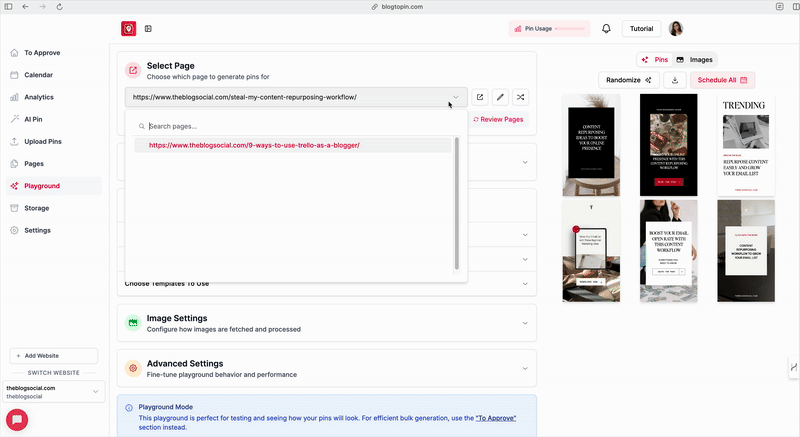
Update Your Pinterest Automation Approach
Here’s the truth about Pinterest automation in 2025: use it for scheduling and consistency, not for spamming. Tools like Tailwind still work, but only if you’re strategic.
New automation rules:
- Schedule 3-5 original pins per week maximum
- Mix fresh pins with strategic repins from your top boards
- Never auto-pin to irrelevant boards just to hit a quota
- Use automation to maintain consistency, not replace strategy
Structure Your Content for AI-Driven Discovery
Pinterest uses technology similar to large language models to understand and categorize content. This means your content needs clear structure, relevant context, and semantic clarity.
How to optimize:
- Use natural language in pin titles: “Why Your Blog Isn’t Growing (And What to Do About It)” instead of “Blog Growth Tips”
- Write pin descriptions that provide context: Explain what the content covers and why it matters
- Create pins that answer specific questions completely
- Add detailed alt text that describes both the image and its purpose
Think of each pin as content that needs to pass an AI comprehension test. Can the platform clearly understand what your pin offers and who needs it?
Claim Your Website and Complete Your Profile
This sounds basic, but it’s critical. Pinterest gives preferential treatment to verified Pinterest business accounts with:
- Claimed website domains
- Complete profile information
- Active, organized boards
- Consistent pinning history
Use Pinterest Analytics to Guide Your Strategy
Your Pinterest analytics dashboard tells you exactly what’s working. Stop guessing and start tracking:
- Which pins drive the most clicks (not just saves)
- What boards perform best
- When your audience is most active
- Which keywords appear in your top-performing pins
Review your analytics monthly and adjust your strategy based on what the data shows, not what some blogging advice article claims works for everyone.
Create Boards That Match Search Intent
Your board organization matters more than you think. Pinterest evaluates board relevance when deciding where to show your pins.
Board optimization checklist:
- Name boards using searchable phrases (not cute names only you understand)
- Write board descriptions that include relevant keywords naturally
- Pin only relevant content to each board
- Create sub-boards for specific topics within broader categories
Design Pins That Stand Out in the Feed
Pinterest is visual-first. Your pins need to grab attention immediately while clearly communicating value.
Design principles for 2025:
- Use high contrast and readable fonts
- Include one clear focal point
- Add text that creates curiosity or promises a solution
- Test different formats: standard pins, square pins, and video pins
- Avoid cluttered designs that don’t scan well on mobile
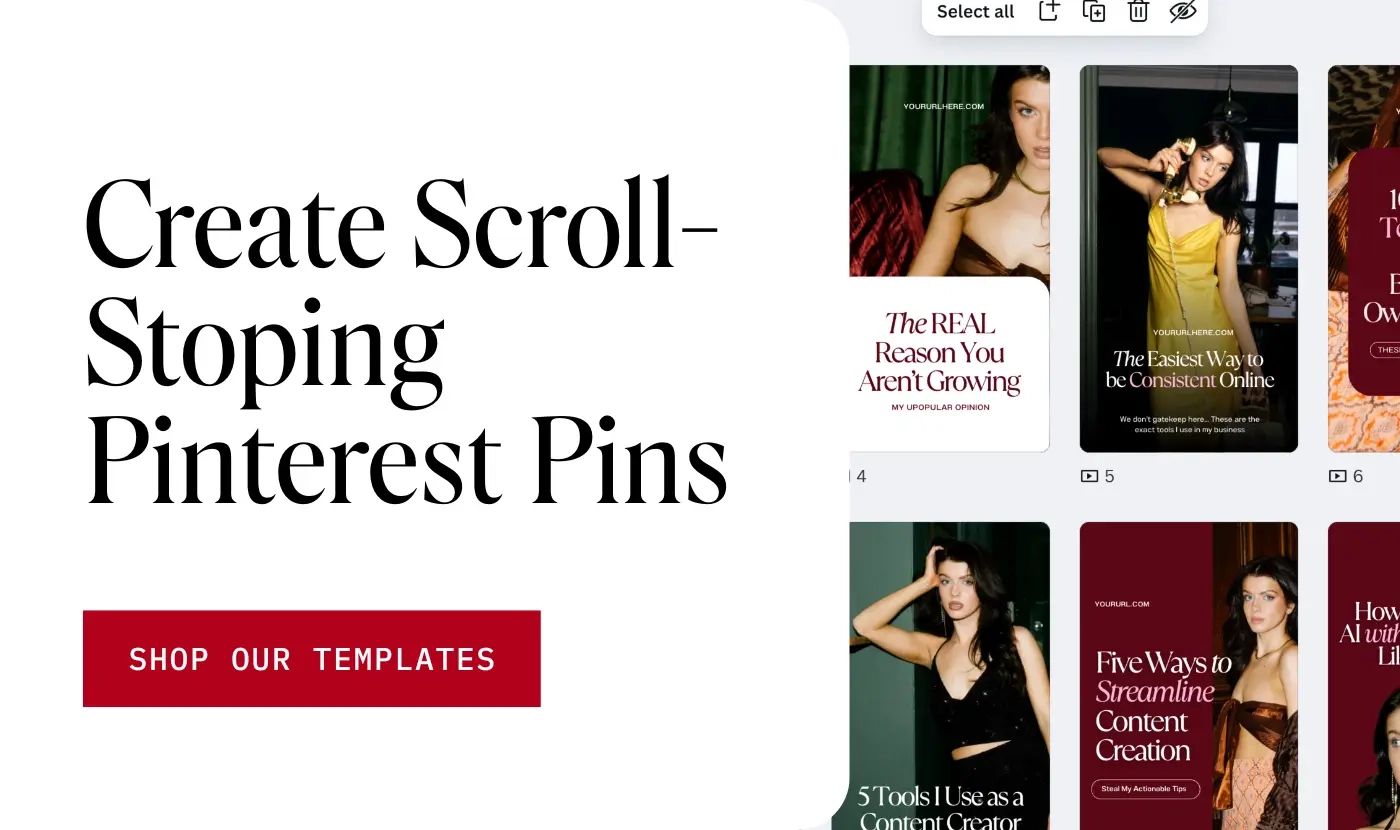
Pinterest Marketing Strategies That Work Right Now
Strategy 1: The Question-Answer Pin Method
Create pins that directly answer common questions in your niche. Format the pin title as a question, then use the description to provide context and tease the full answer on your blog.
Example: Pin Title: “Why Aren’t My Blog Posts Getting Traffic?”
Description: “If you’re publishing great content but getting zero readers, these 5 Pinterest strategy mistakes might be the reason. This guide breaks down exactly what changed on Pinterest in 2025 and shows you how to fix your approach so your pins actually drive clicks to your blog.”
Strategy 2: The Tutorial Pin Series
Create a series of pins that each address one step in a process. Link them all to a comprehensive blog post that covers the full tutorial.
This approach works because:
- It targets multiple related search terms
- Each pin serves users at different stages of the journey
- Pinterest recognizes the topical depth across your content
Strategy 3: The Comparison Pin
People use Pinterest for research and decision-making. Create pins that compare options, tools, or approaches relevant to your niche.
Examples for bloggers:
- “Pinterest Scheduling Tools Compared: Which One Actually Works?”
- “Free vs Paid Pinterest Analytics: What You Actually Need”
- “Manual Pinning vs Pinterest Automation: The Truth for Bloggers”
Strategy 4: The Problem-Solution Pin
Lead with a specific problem your audience faces, then position your blog post as the solution. This format aligns perfectly with conversational search patterns.
Structure:
- Headline: State the problem clearly
- Visual: Show the transformation or solution
- Description: Bridge the gap between the problem and your detailed solution
Common Pinterest Mistakes Bloggers Still Make
Mistake 1: Pinning Only Your Own Content
Pinterest is a discovery platform. Users (and the algorithm) expect you to share valuable content from others, not just self-promote. Aim for a 70/30 mix: 70% curated valuable content, 30% your own.
Mistake 2: Using Generic Pin Descriptions
“Check out this blog post!” tells Pinterest nothing. Write descriptions that include context, keywords, and clear value propositions.
Mistake 3: Ignoring Mobile Optimization
Most Pinterest users browse on mobile. If your pins aren’t readable on a phone screen, they won’t perform. Test every design on mobile before you publish.
Mistake 4: Not Testing Different Formats
Static pins work, but so do video pins and Idea Pins. If you’re only creating one format, you’re leaving traffic on the table.
Mistake 5: Giving Up Too Soon
Pinterest momentum builds slowly. Most pins need 3-6 months to reach their full traffic potential. The bloggers who win on Pinterest are the ones who stay consistent and patient.
Your Pinterest Action Plan for the Next 30 Days
Week 1: Audit and Optimize
- Review your Pinterest analytics to identify your top-performing pins
- Update your Pinterest business account profile completely
- Organize your boards with searchable names and keyword-rich descriptions
- Claim your website if you haven’t already
Week 2: Content Strategy Shift
- Research conversational keywords using your Pinterest keyword tool
- Identify 10 questions your audience asks
- Create a content calendar focused on question-answer and problem-solution content
- Plan 3-5 original pins per week (not per day)
Week 3: Create and Optimize
- Design new pins using 2025 best practices
- Write pin descriptions with conversational keywords and clear context
- Create at least one pin in a format you haven’t tried yet (video, carousel, etc.)
- Update descriptions on your top 20 existing pins with better context
Week 4: Consistency and Tracking
- Set up a realistic Pinterest automation schedule if you haven’t already
- Start pinning your new content consistently
- Track which pins get clicks (not just impressions)
- Create content and adjust your strategy based on what the data shows
The Bottom Line on Pinterest for Bloggers
Pinterest isn’t dead. Your strategy is just outdated.
The platform evolved from a simple pinning site to a sophisticated visual search engine that uses AI-driven technology to understand content, match user intent, and reward quality over quantity.
Stop chasing Pinterest hacks and start building a sustainable Pinterest strategy. Focus on creating pins that answer real questions, provide clear value, and match how people actually search. Use Pinterest automation to stay consistent, not to spam the platform. And most importantly, give your strategy time to work.
The bloggers winning on Pinterest right now aren’t the ones pinning 50 times a day. They’re the ones creating strategic, high-quality content that the platform wants to recommend.
Your blog traffic is waiting. You just need the right Pinterest marketing strategy to unlock it.
Ready to Stop Guessing and Start Growing?
Grab my free ChatGPT Prompts for Pinterest Marketing and streamline your entire Pinterest strategy in one afternoon. No fluff, just the exact prompts I use to create pin descriptions, board ideas, and content strategies that actually convert.
Pin for later …
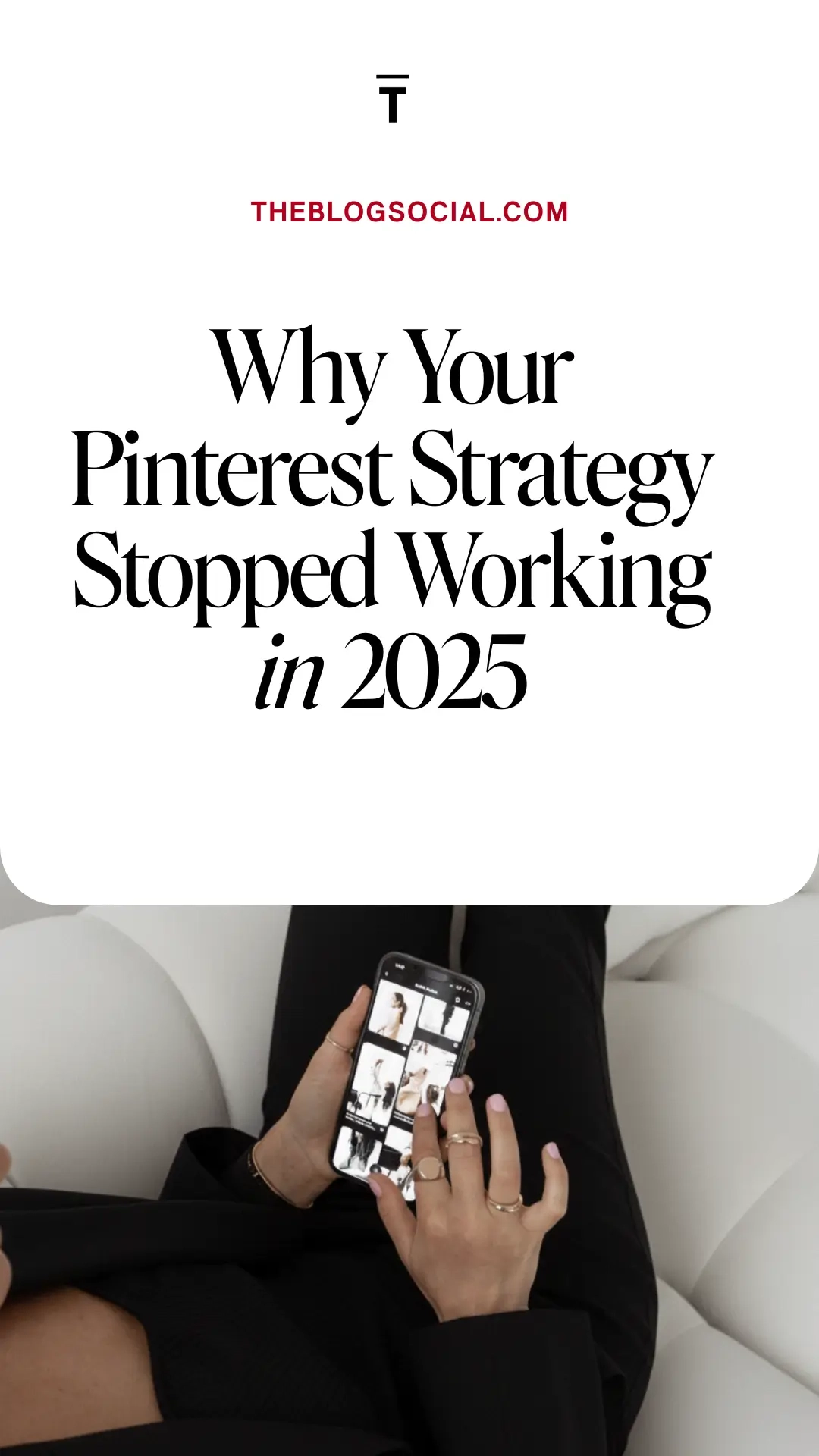
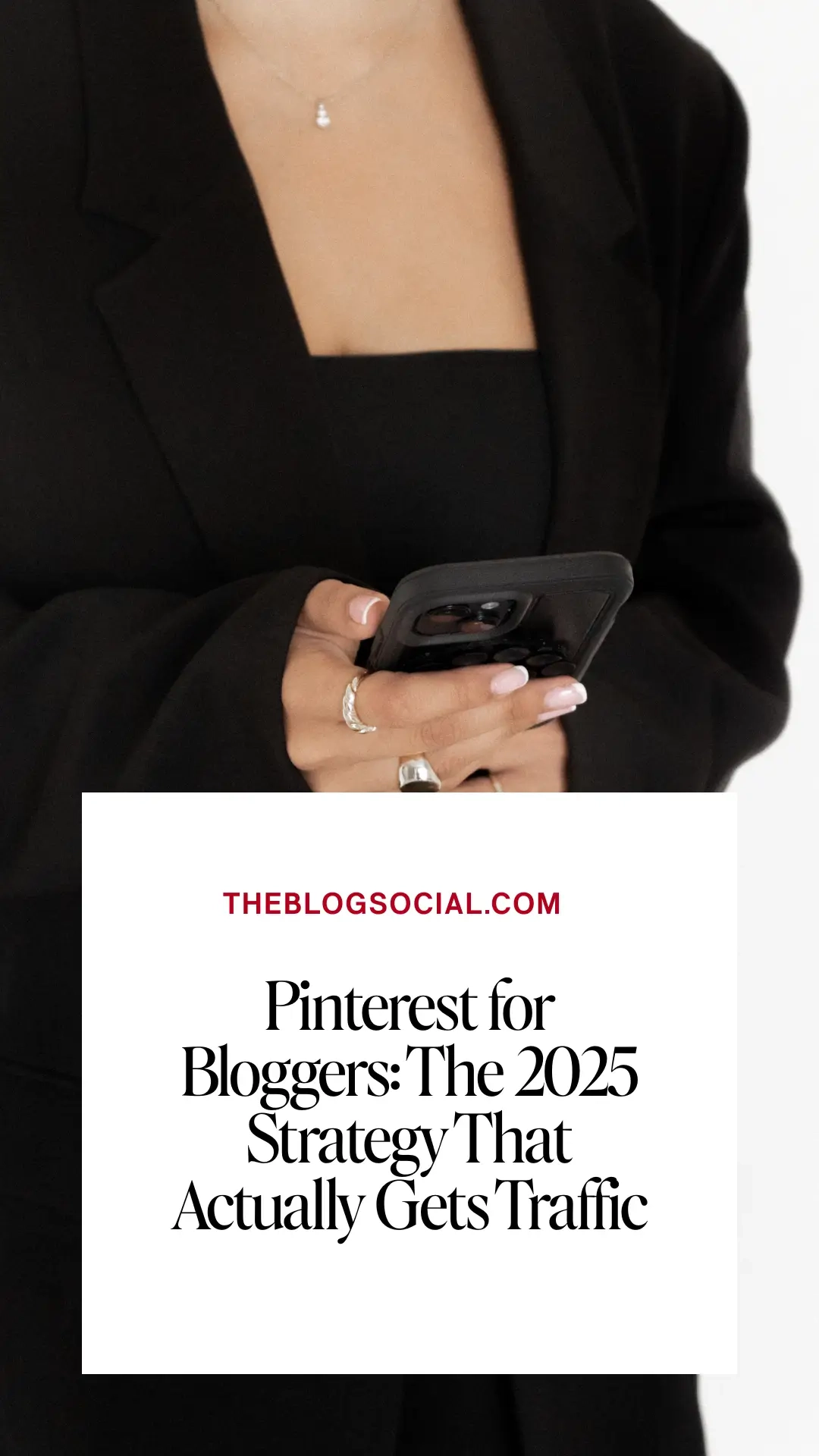





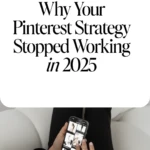
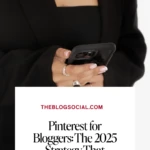
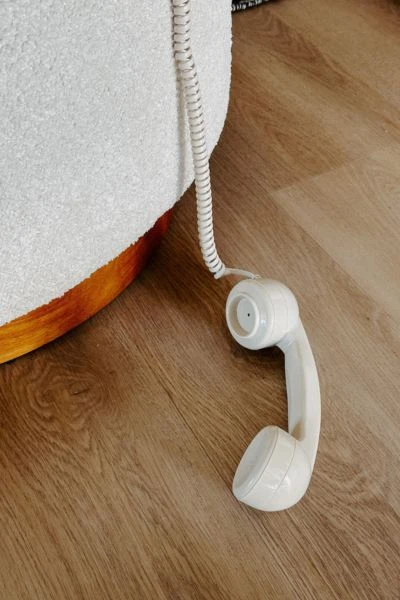


0 Comments